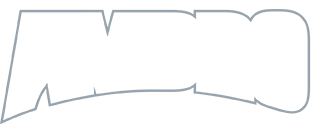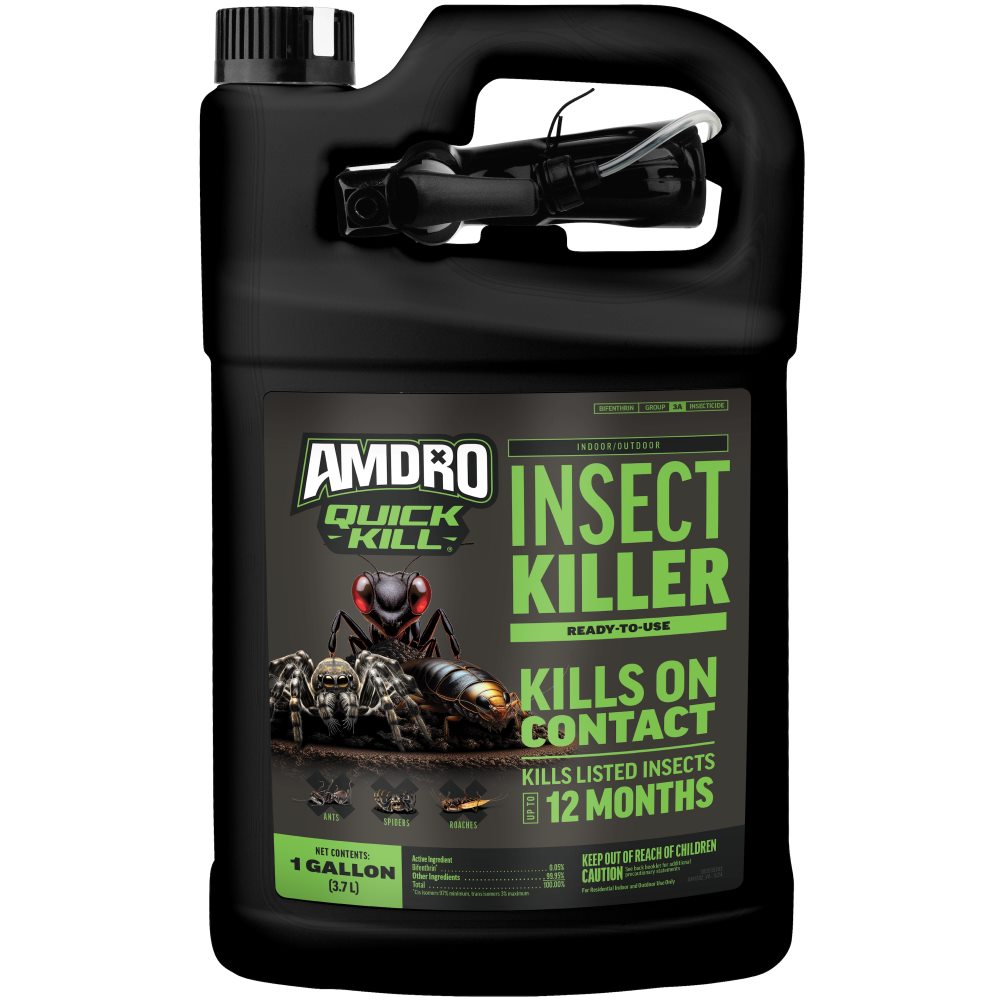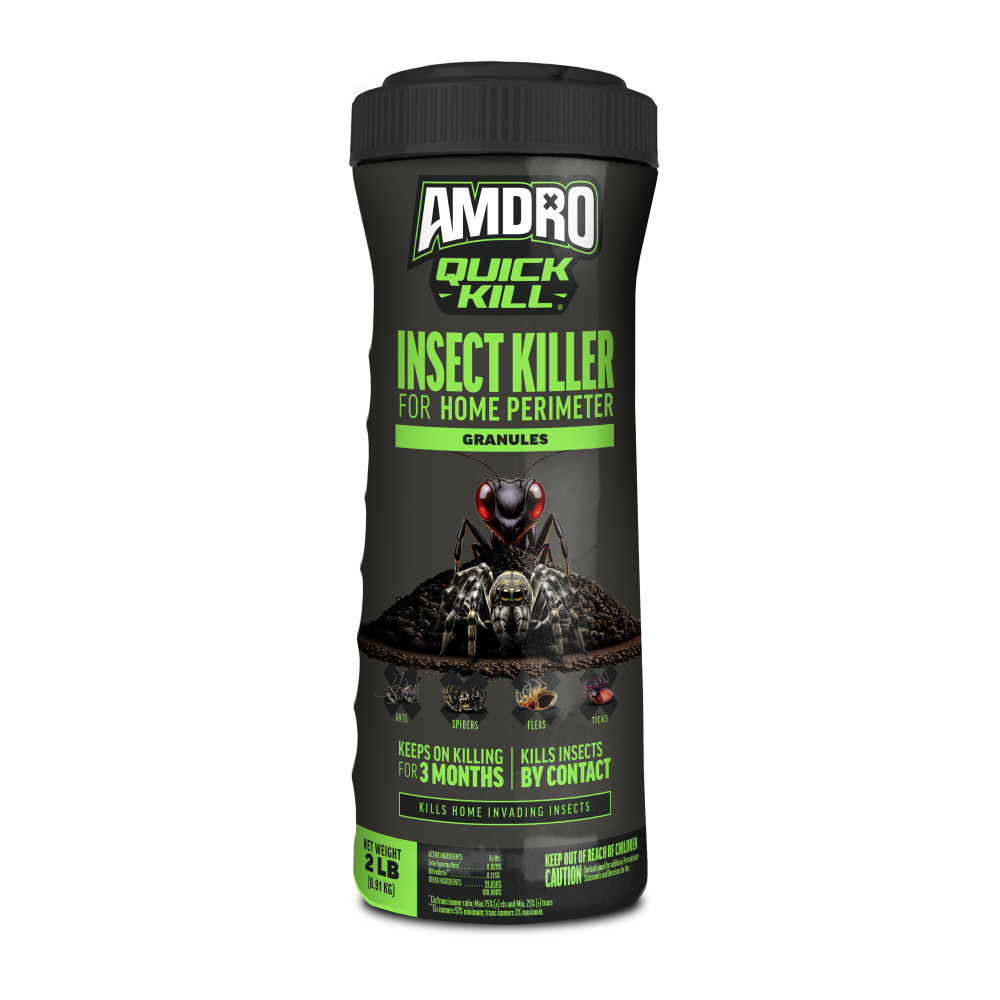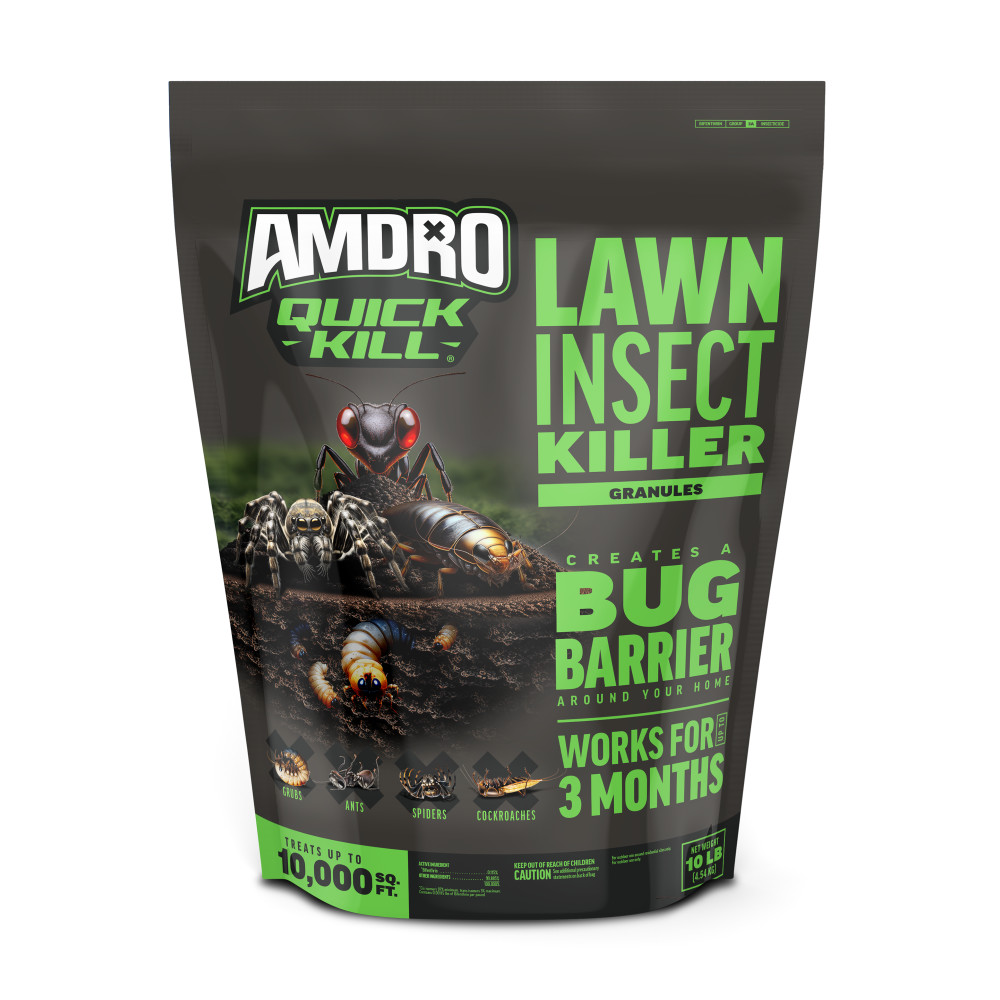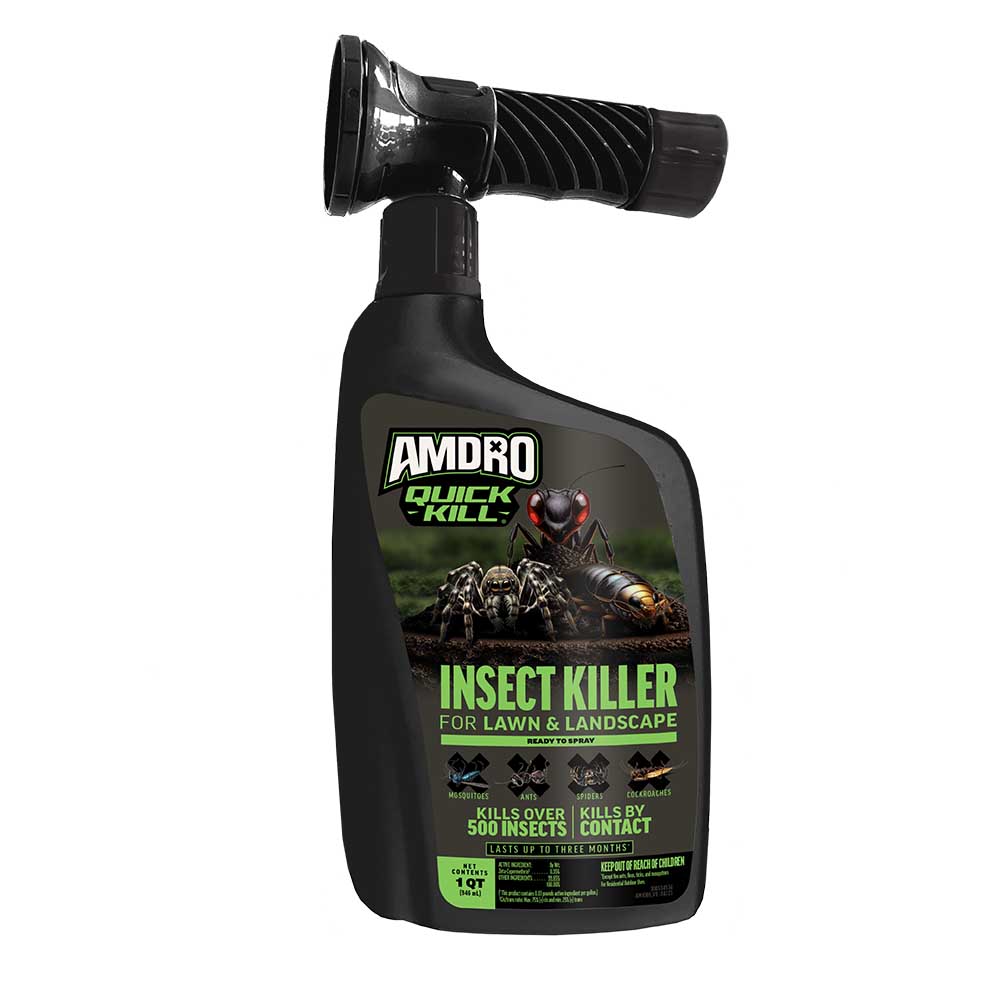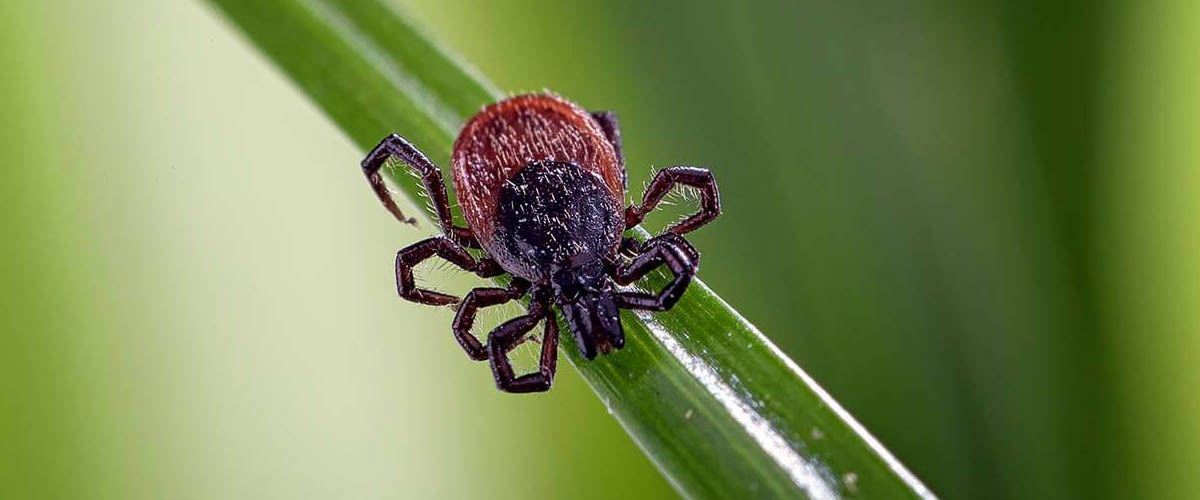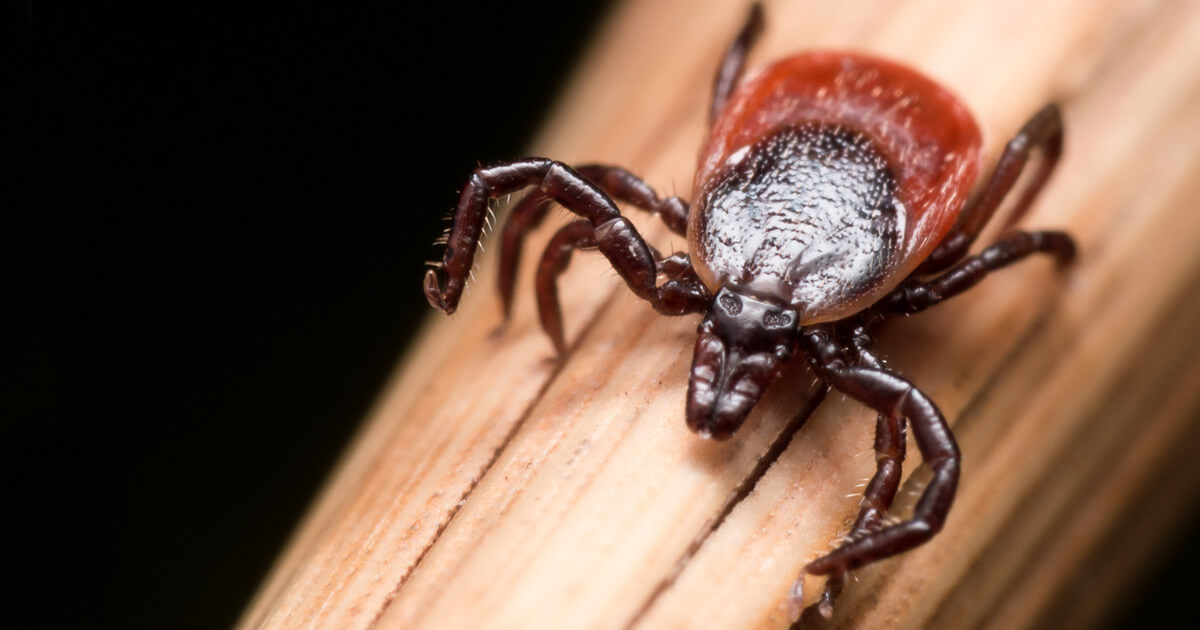Ticks
TICK IDENTIFICATION
Like scorpions, spiders and mites, ticks are arachnids, not insects. Adult ticks have eight legs, two body segments and a shield-like scale — known as a scutum — right behind their heads. Ticks vary in size, body color and scutum color depending on the tick's species, sex and life stage.
Minute tick larvae develop into several nymph stages, which look like miniature adults. Their teardrop-shaped bodies are smaller than a grain of sand, then they mature to anywhere from 1/32 to 1/6 inch long. Ticks feed on blood and, when engorged with a meal, they bloat to 1/2 inch long or more.
Most tick species found in the United States stay within certain regions of the country. But the ranges of tick species and the pathogens they carry continue to expand. These identifying features can help you distinguish between four troublesome tick species found in the United States:
- American dog ticks - Measuring about 1/6 inch long, females of this species are dark brown with a pale, creamy scutum. The dark brown males have a brown scutum with a light outline. Also known as wood ticks, these ticks transmit the pathogens behind Rocky Mountain spotted fever and tularemia. They're abundant in the eastern and central United States.
- Black-legged ticks - Also known as deer ticks, mature ticks in this species are about half the size of dog ticks. The females have orange-red bodies with a dark brown-black scutum. Males are entirely dark brown. These ticks transmit the pathogens that cause Lyme disease, Powassan virus and other conditions. They're most common in the Northeast and Upper Midwest.
- Brown dog ticks - Both females and males of this species are solid brown. Close in size to American dog ticks, they're the only tick species found coast to coast in the United States. These ticks transmit the pathogens behind Rocky Mountain spotted fever. They can also live and reproduce indoors, causing major indoor infestations year-round.
- Lone star ticks - Females of this species have red-brown bodies with a single white dot at the scutum base. Males have red-brown bodies with dark streaks and splotches. Smaller than dog ticks and larger than deer ticks, these pests carry the pathogens behind ehrlichiosis, tularemia and more. They're most common in the eastern and lower midwestern states.
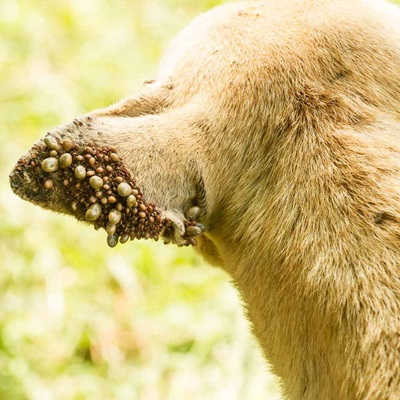
SIGNS OF TICKS
Most people discover ticks crawling on their bodies or burrowed into the flesh of a family member or pet. As ticks feed on blood, their bodies can balloon up to 120 times their normal body weight. Once finished, they drop from their hosts and lay masses of eggs. With indoor infestations, thousands of hatchlings cover walls and windows.
Unlike fleas, ticks don't jump. Instead, they grab onto people and pets walking by. To test outdoor areas for signs of ticks, slowly drag a white cloth through grass. Despite their small bodies, ticks that grab onto the cloth show up easily against the white backdrop.
If you're bitten by a tick and a rash develops, see a doctor immediately. The look of the rash can help doctors diagnose tick-transmitted diseases more easily.
HOW TO CONTROL TICKS
Most tick bites — and transmissions of disease-causing pathogens — come via immature tick nymphs. Treat your property to kill and prevent ticks in early spring as ticks and tick-carrying wildlife become active. Then keep it protected until tick activity diminishes in fall. For indoor infestations, only use a product labeled specifically for indoors, and never apply any home pest control product directly to your pets.
- Amdro® Tick Killer Yard Spray kills ticks by contact. This easy-to-use spray attaches to a regular garden hose and does the mixing and measuring automatically as you spray.
- Amdro Quick Kill® Indoor/Outdoor Insect Killer Ready-To-Use, available in quart and gallon sprayer containers, kills existing ticks on contact — indoors and out. Then it keeps killing new ticks and other listed pests for up to 12 months.
- Amdro Quick Kill Insect Killer for Home Perimeter Granules, for outdoor use, kills ticks by contact and provides residual tick control for up to three months. The convenient shaker container and ready-to-use granules make it easy to create a barrier of protection around your home.
- Amdro Quick Kill Lawn Insect Killer Granules, for application outdoors with a standard lawn spreader, kill ticks by contact and keep killing these pests for up to three months. After application, water the treated area lightly to release the soil-penetrating formula's active ingredients.
- Amdro Quick Kill Outdoor Insect Killer for Lawn & Landscape, available in liquid ready-to-spray and concentrate formulas, works to kill existing ticks by contact. Use it on lawns, trees, shrubs, roses, flower gardens and your home's perimeter, as well as tall grasses and weeds near wooded areas.
TICK CONTROL TIPS
Most tick bites happen at people's homes — in your own backyard, not wild woodland areas. Ticks hang out in tall grasses and weeds along lawn borders. When treating your property, give special attention to unmaintained areas and the first 9 feet of lawn inside that border.
After outdoor activities in tick-prone areas, immediately check family members for crawling ticks. The longer a tick stays on a person or animal, the greater the risk of transmission of the pathogen that causes disease.
Always read product labels and follow the instructions carefully.
Amdro and Amdro Quick Kill are registered trademarks of Central Garden & Pet Company.
Pest Gallery
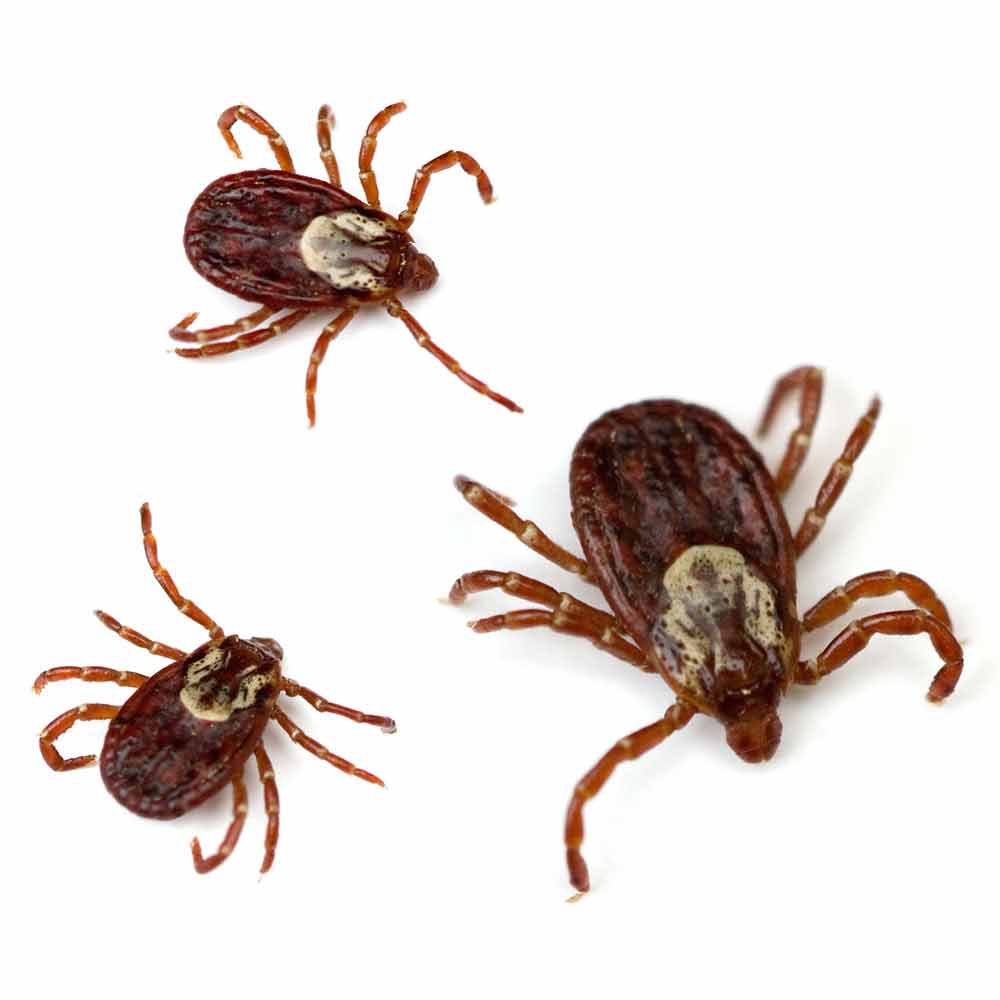
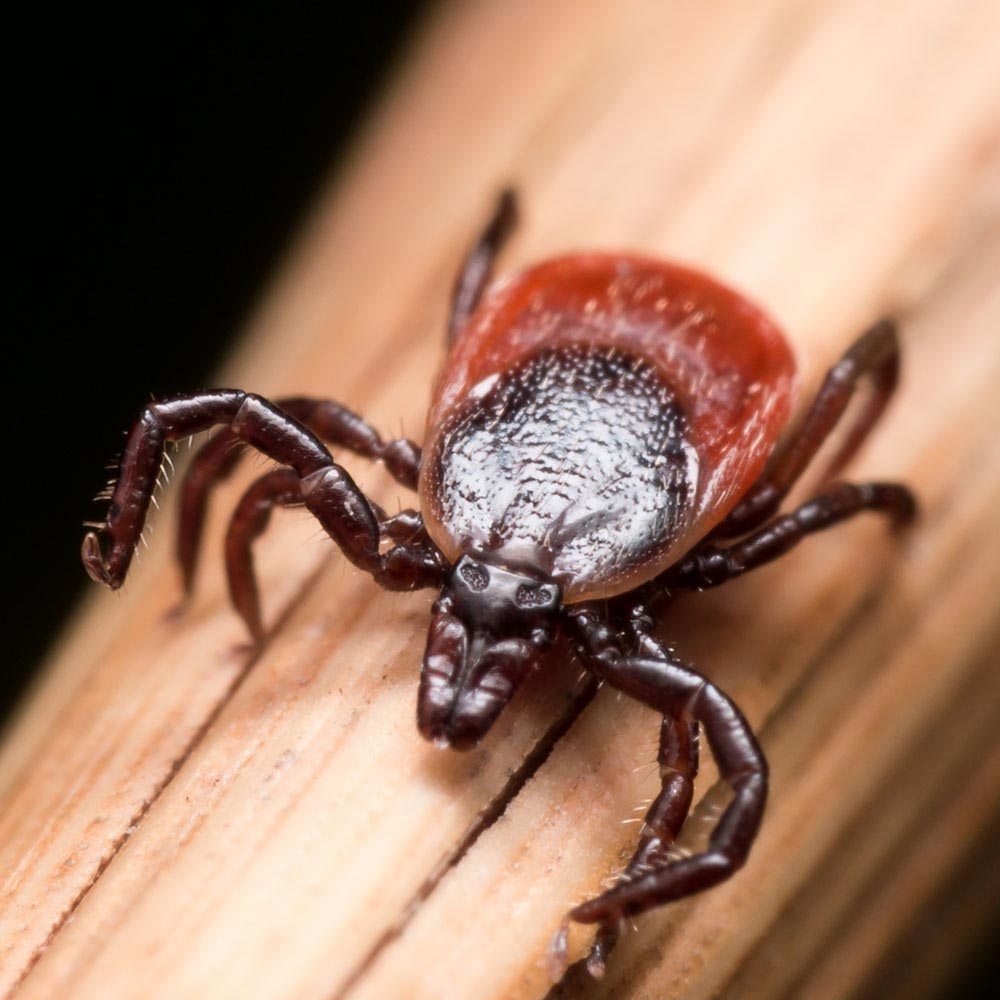
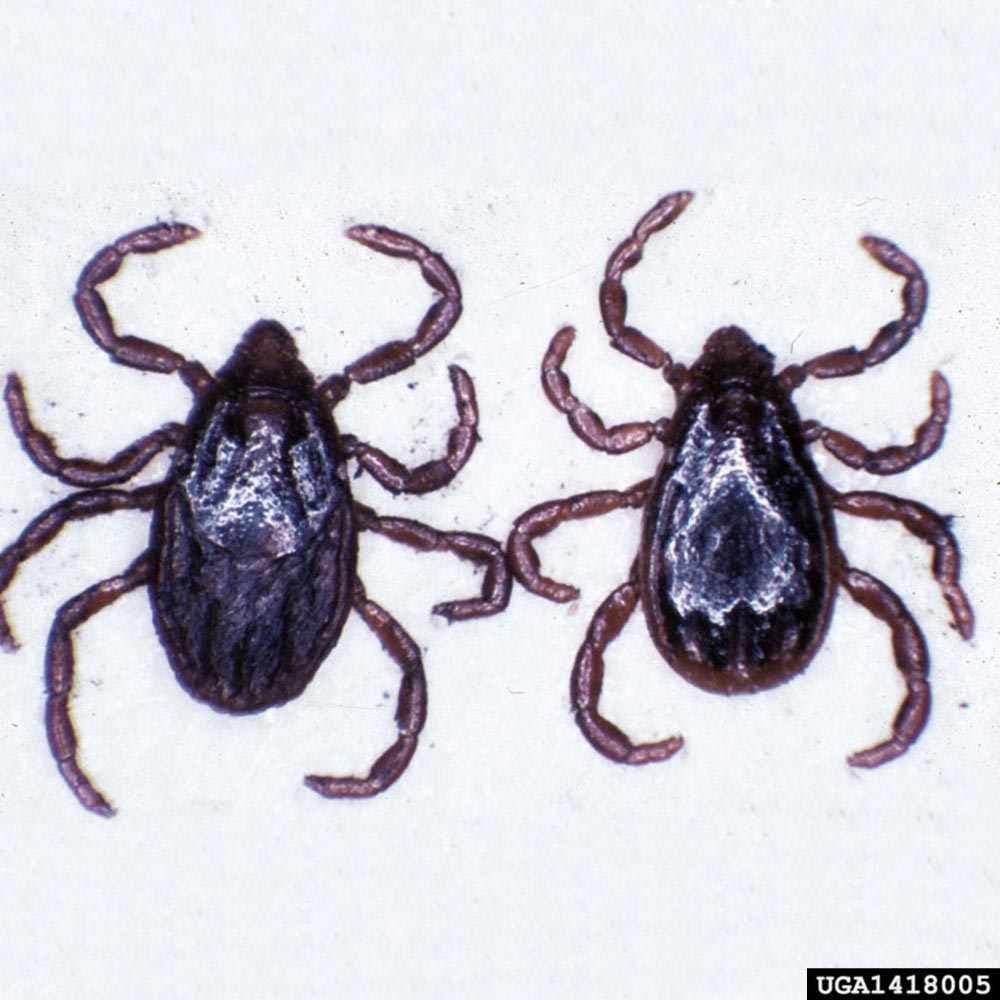

Is this not your insect?
